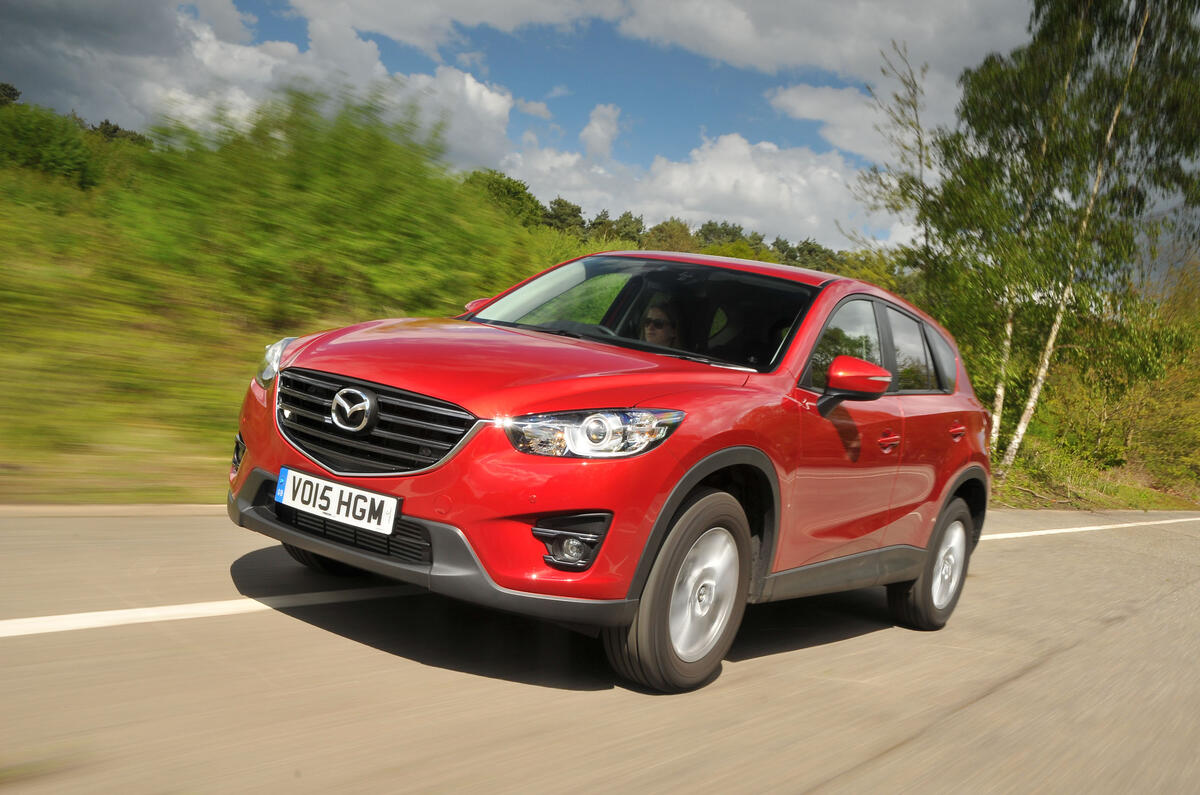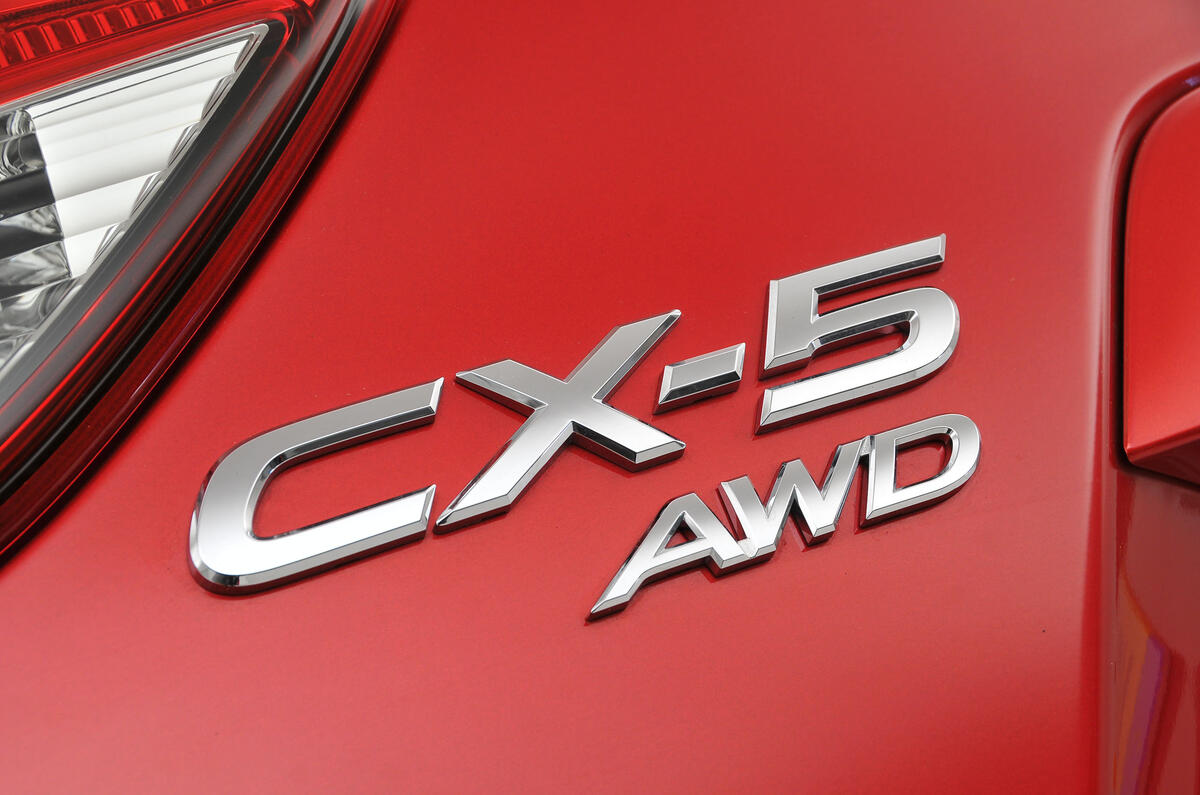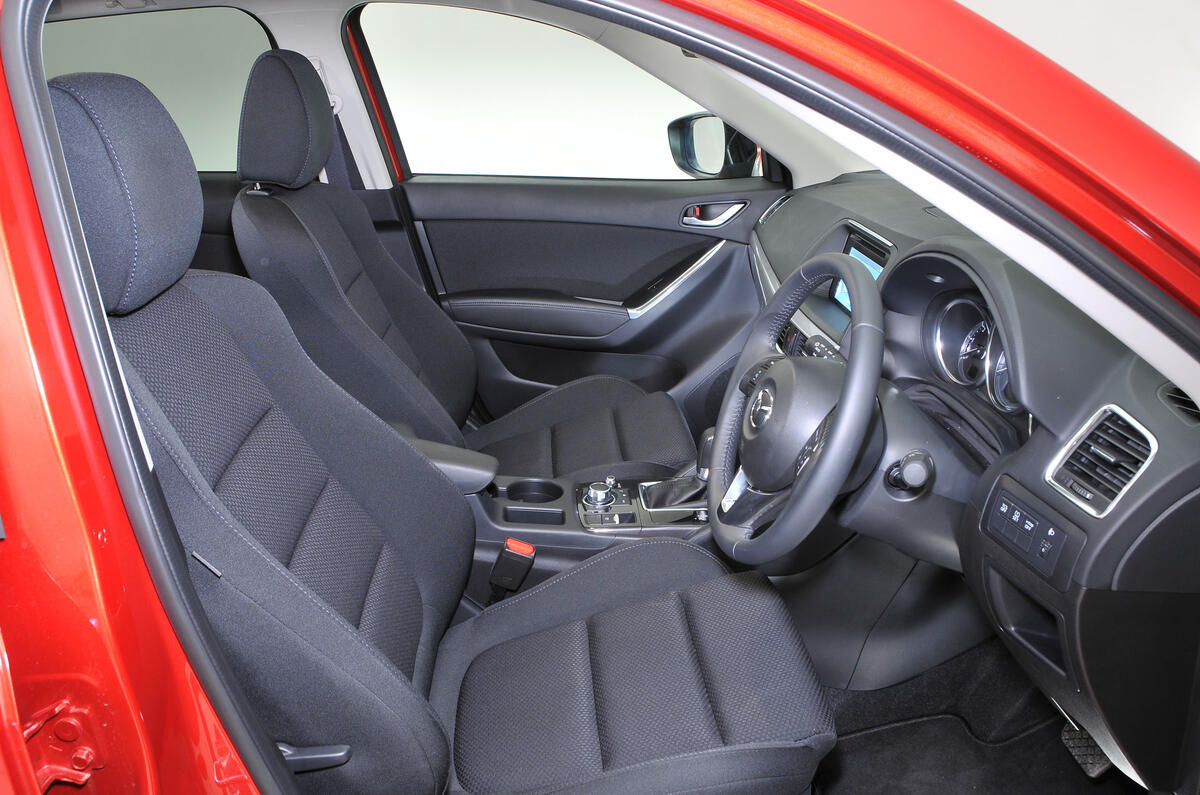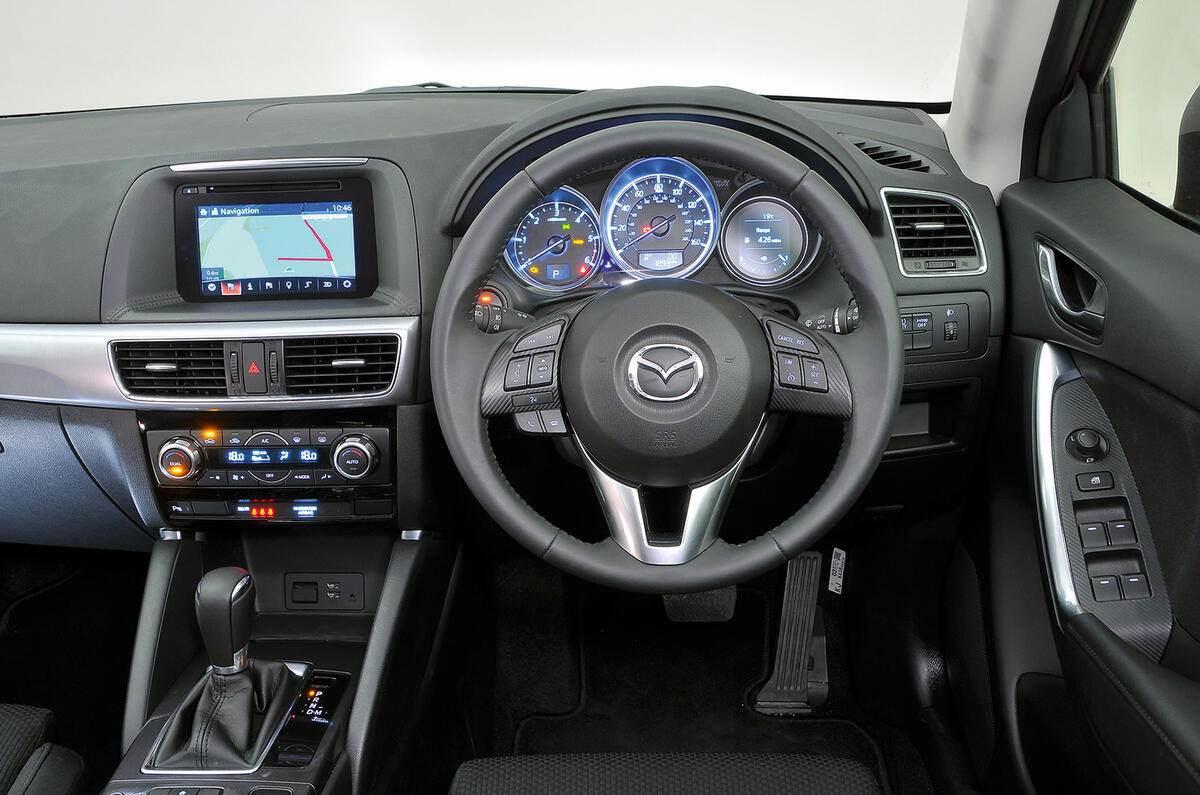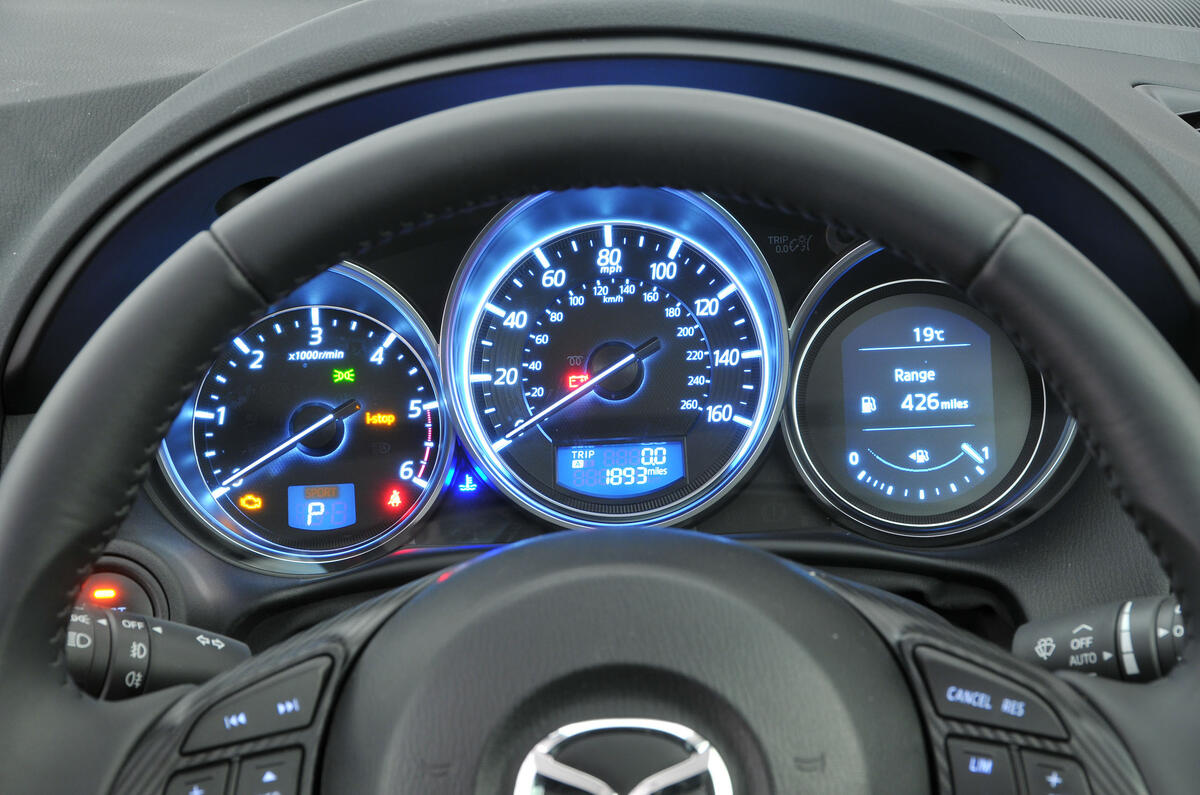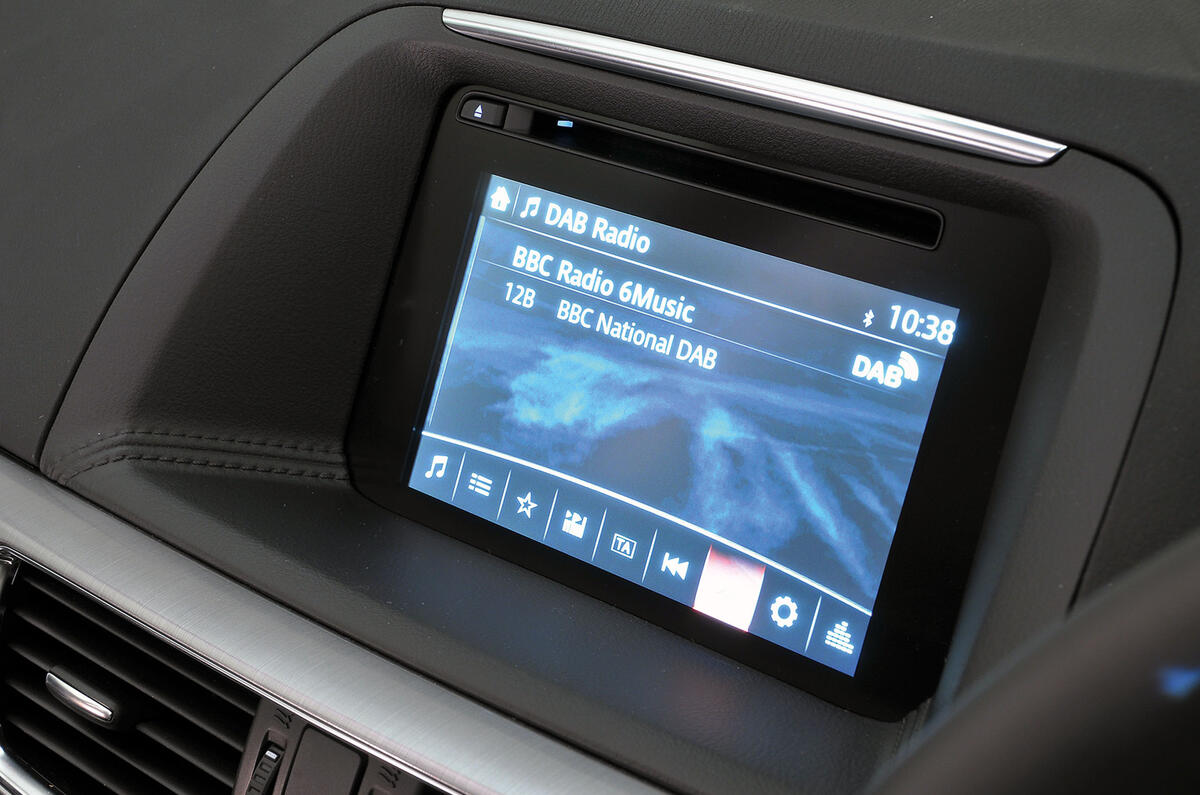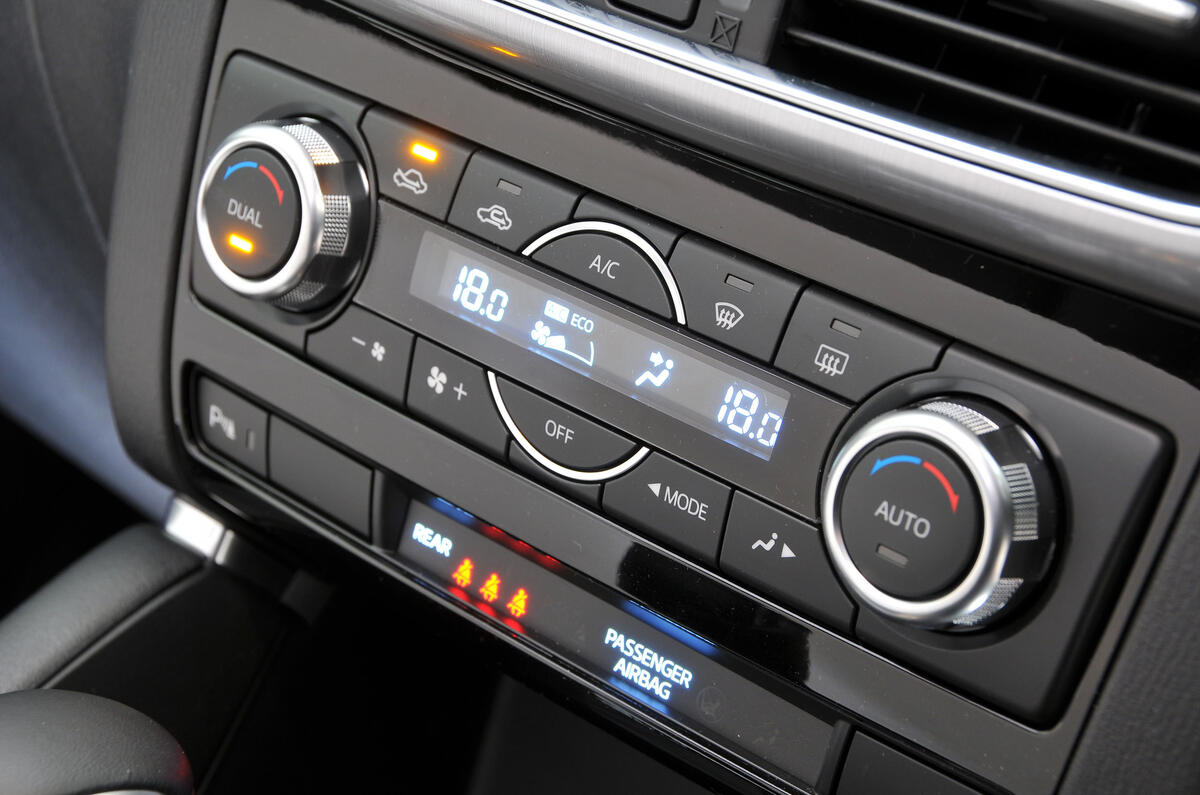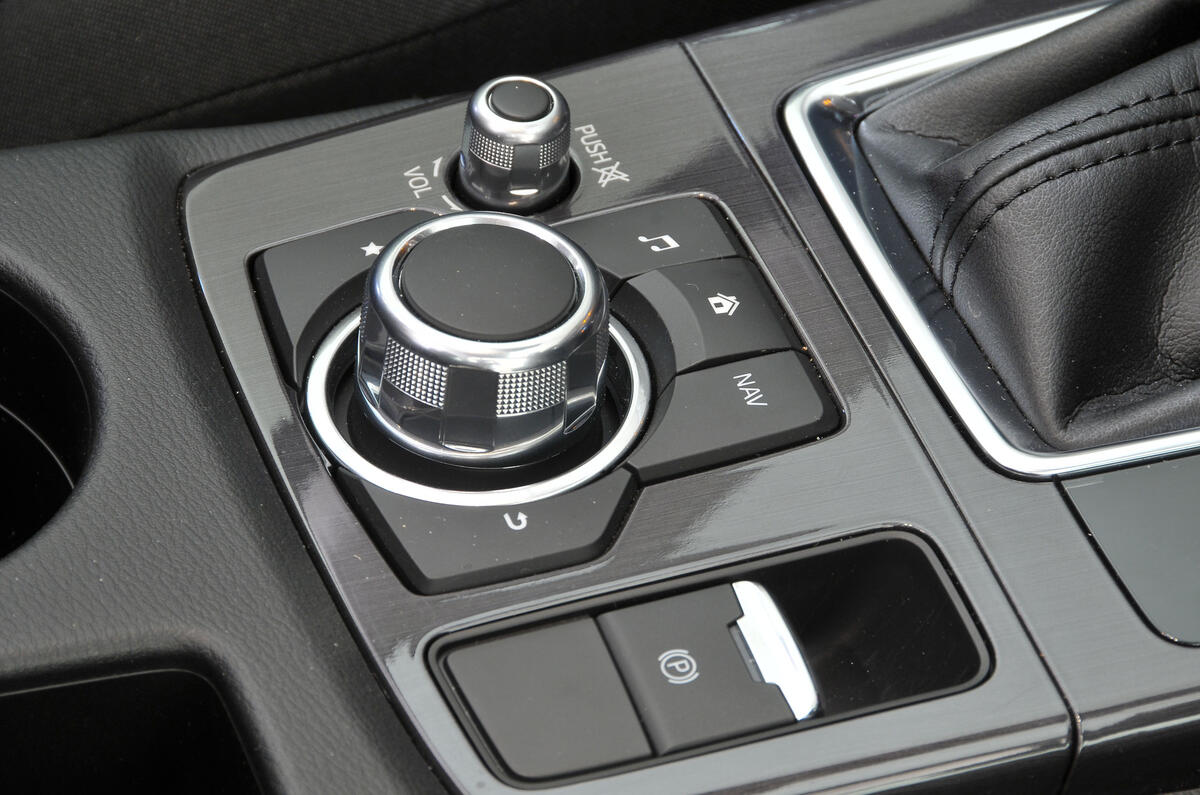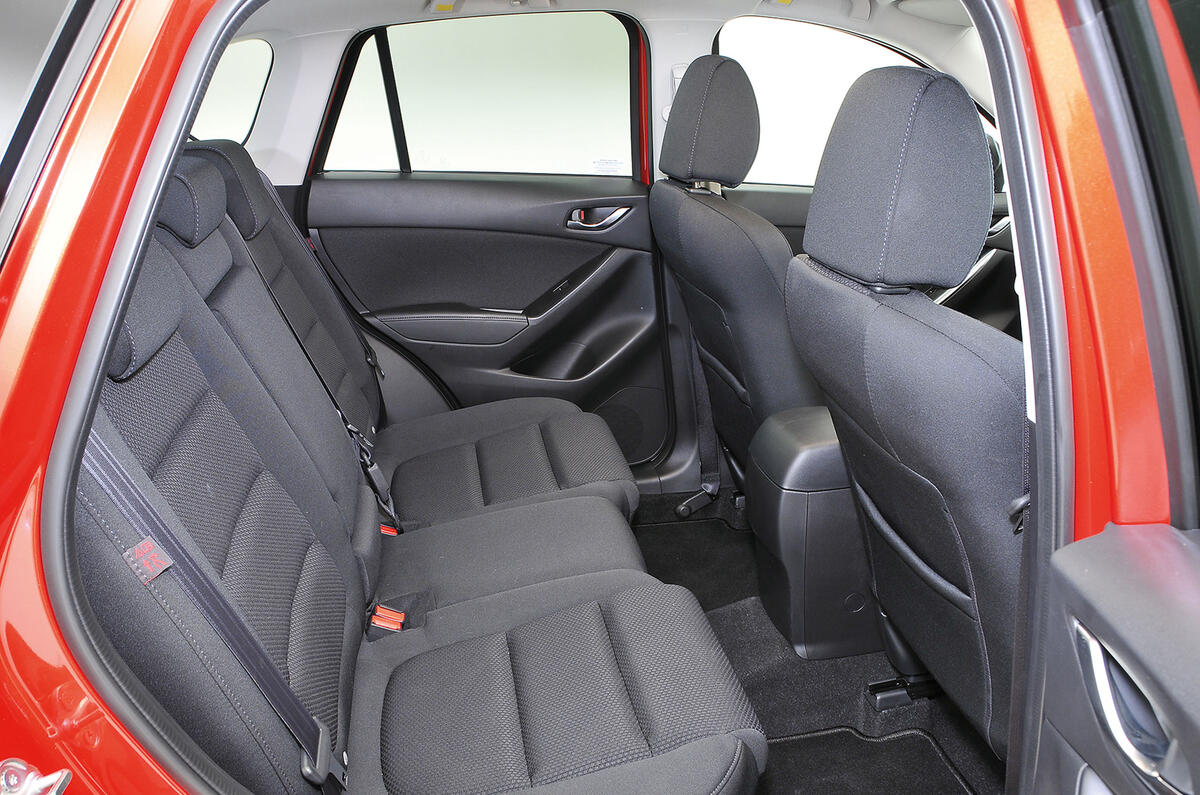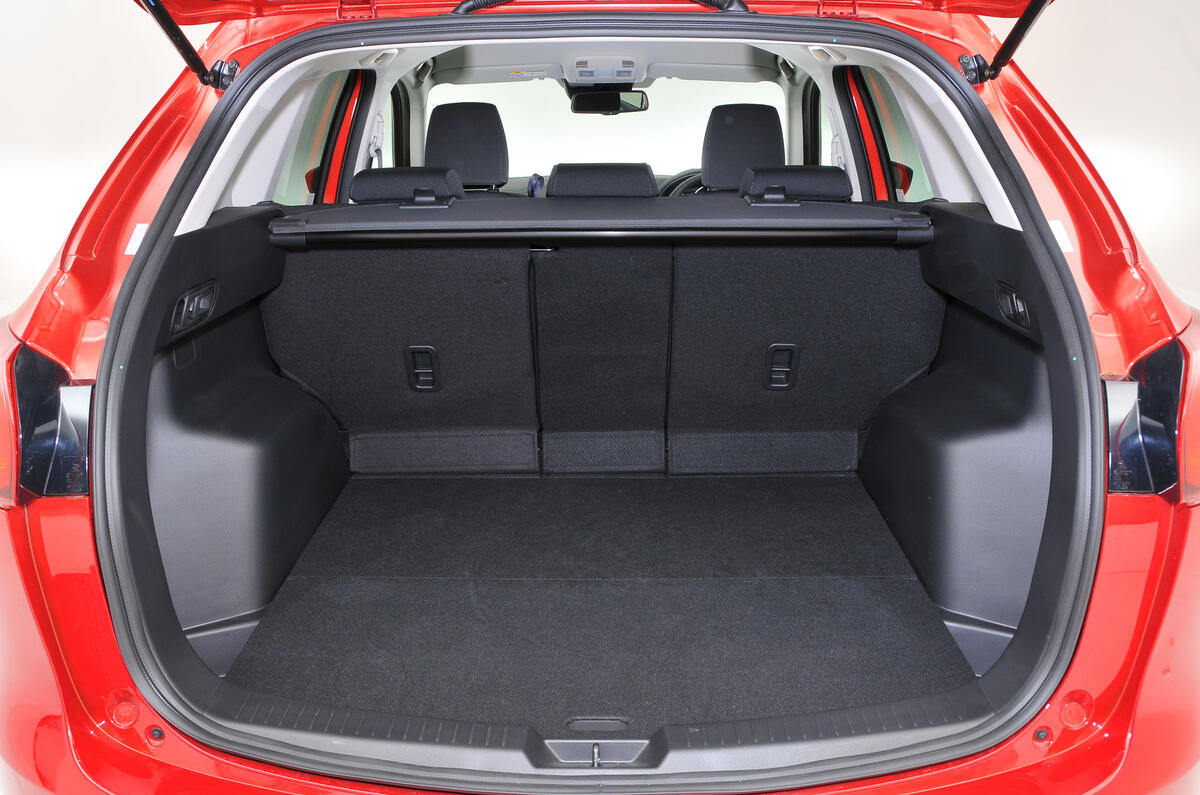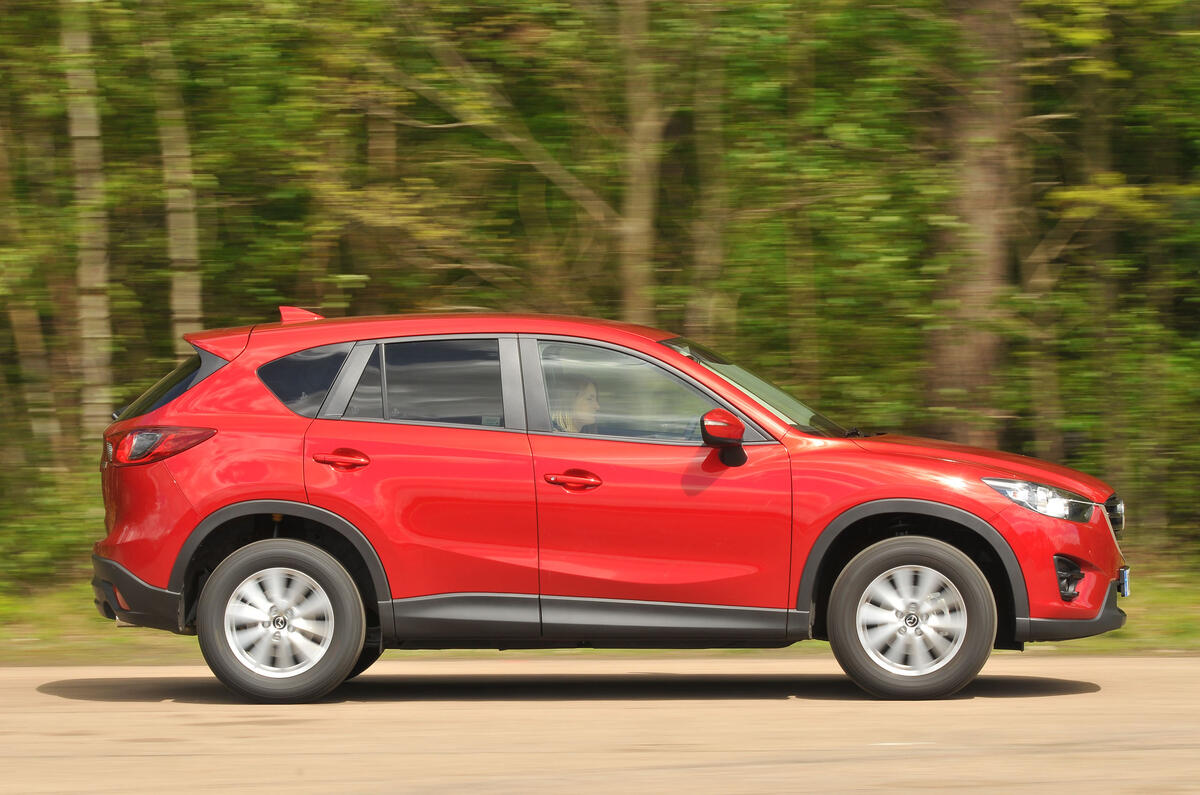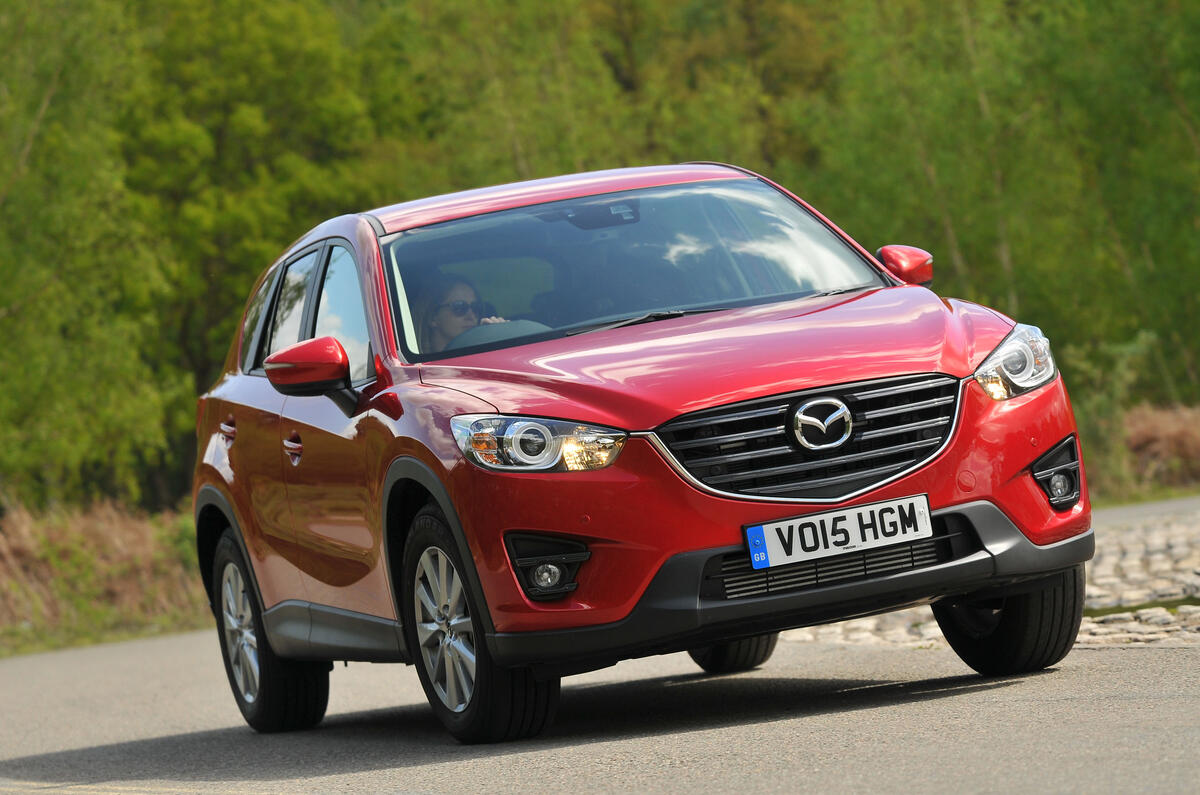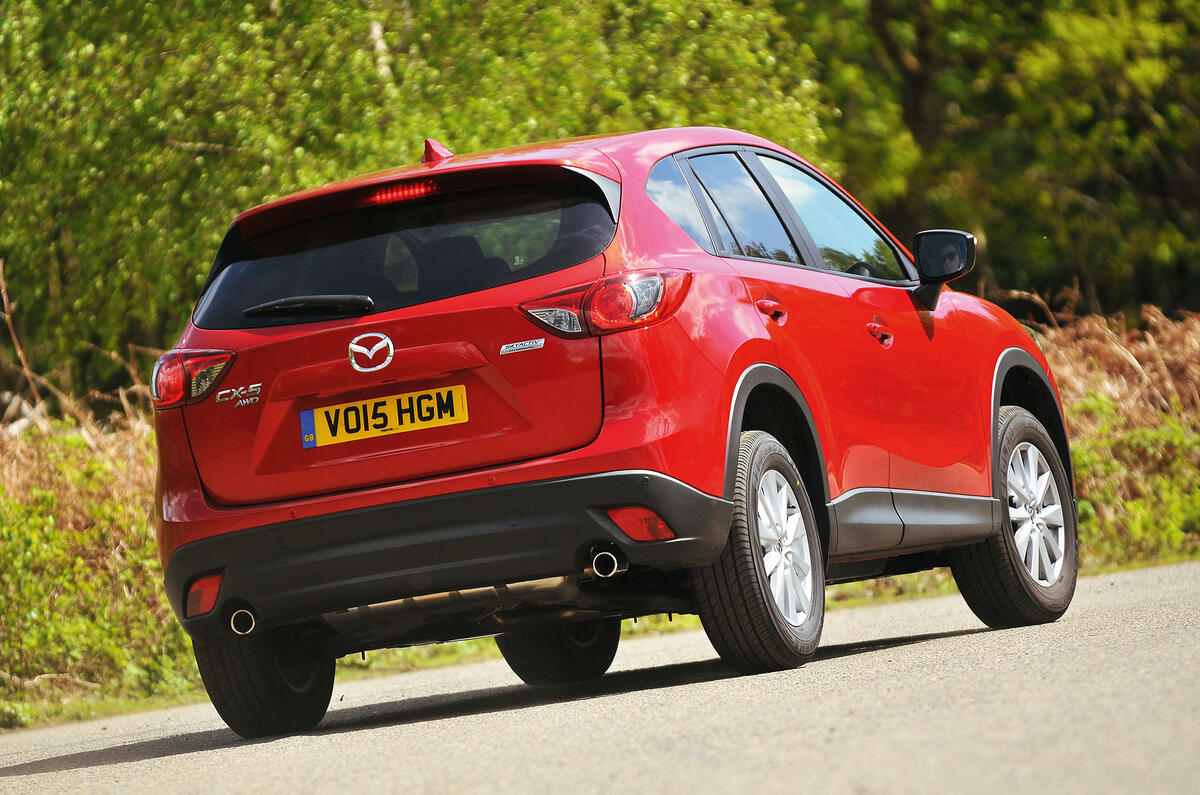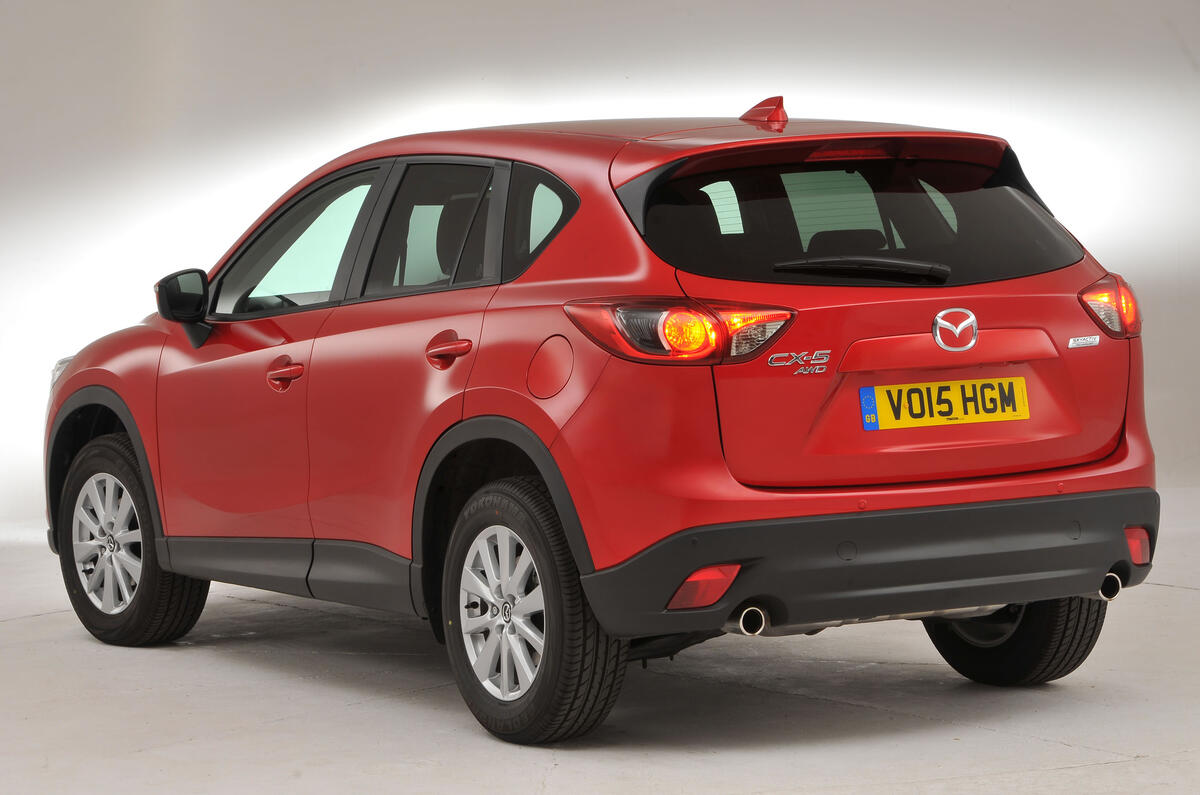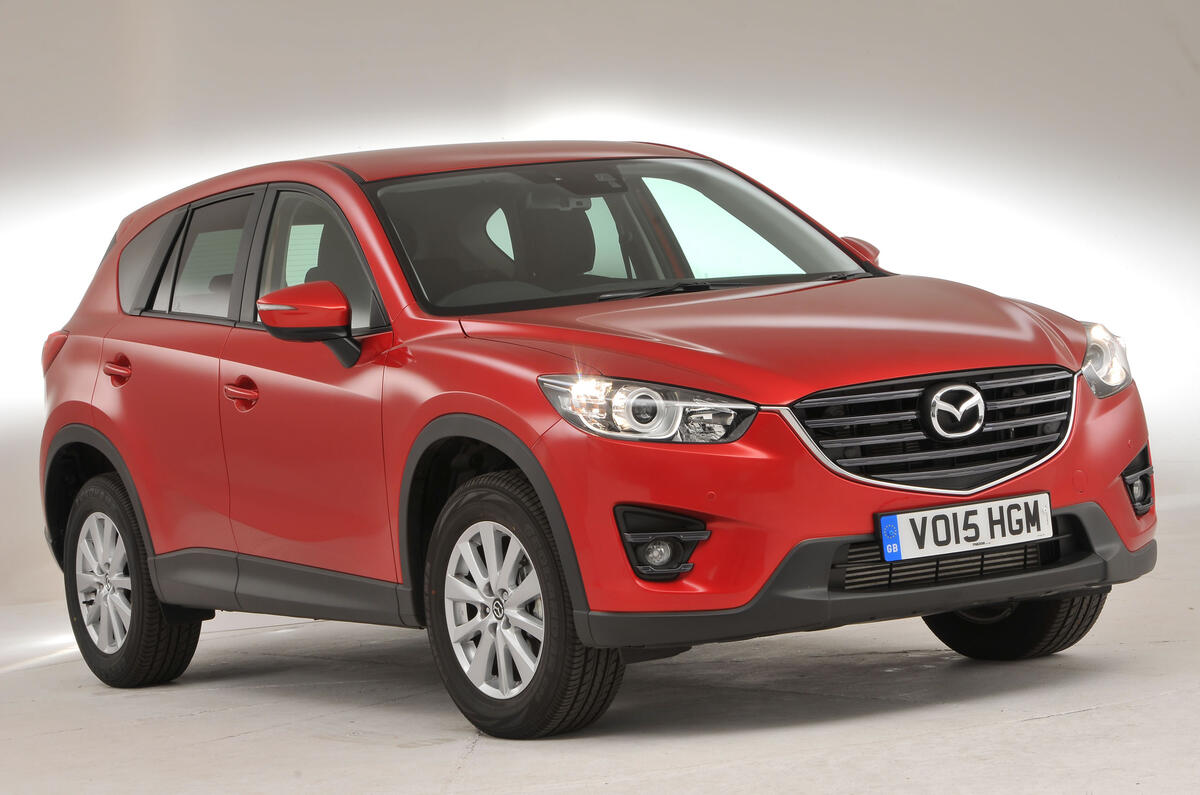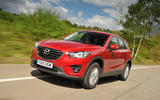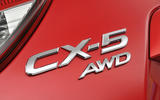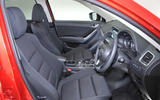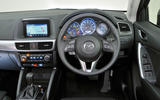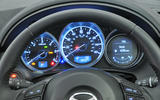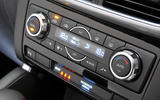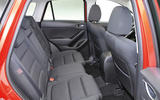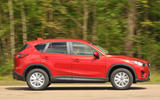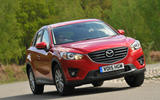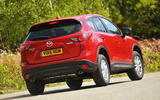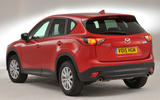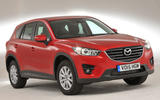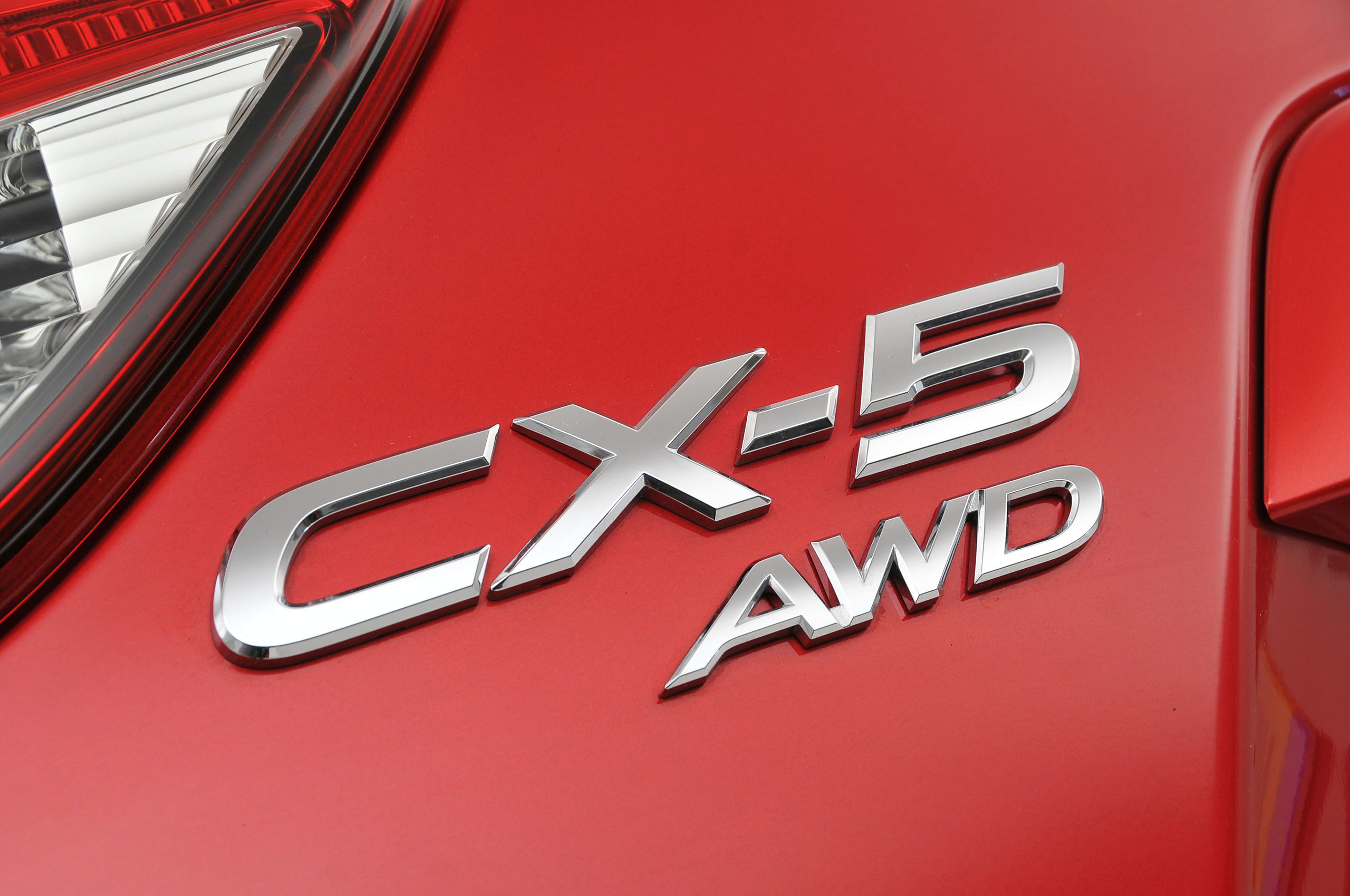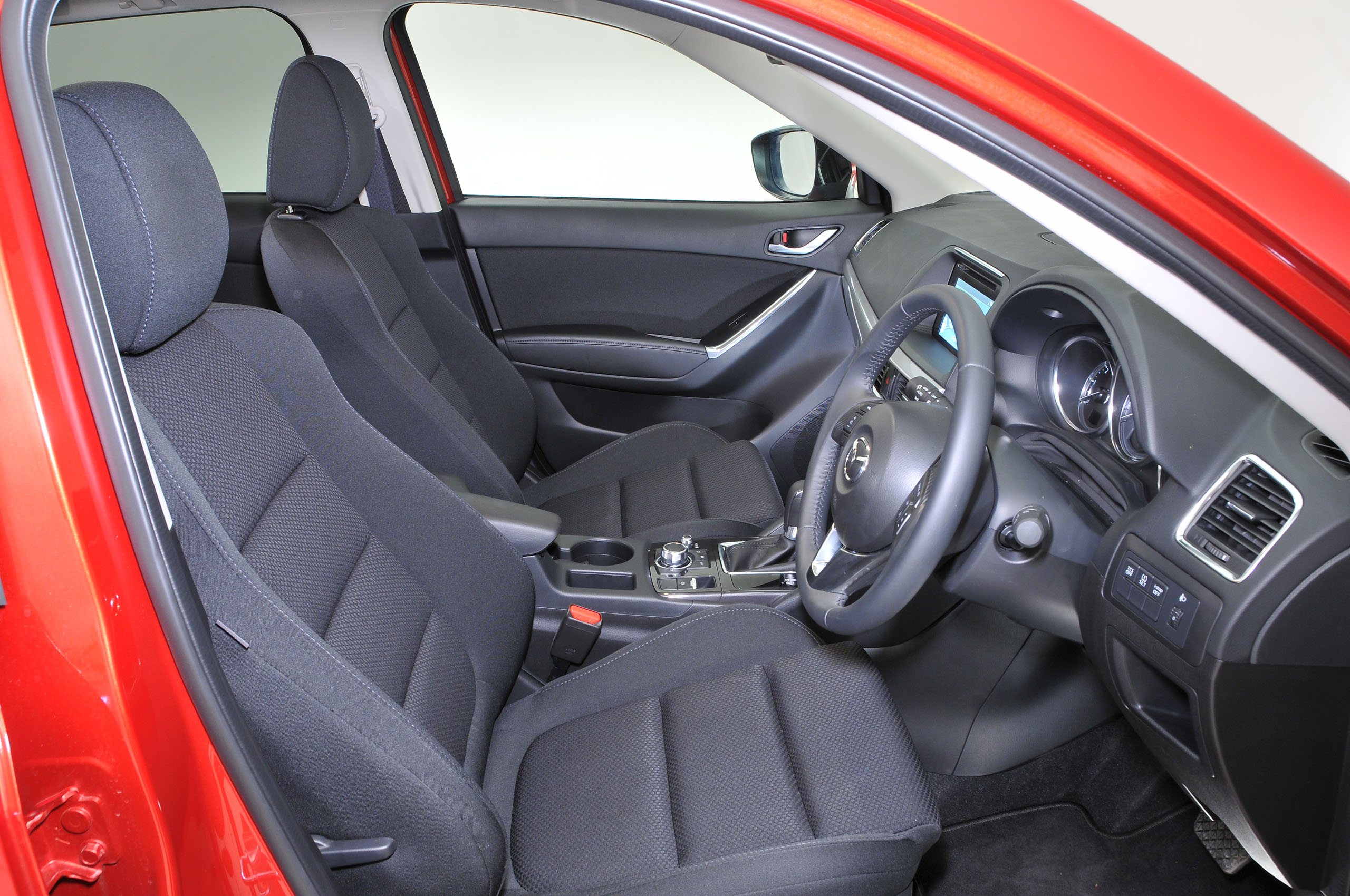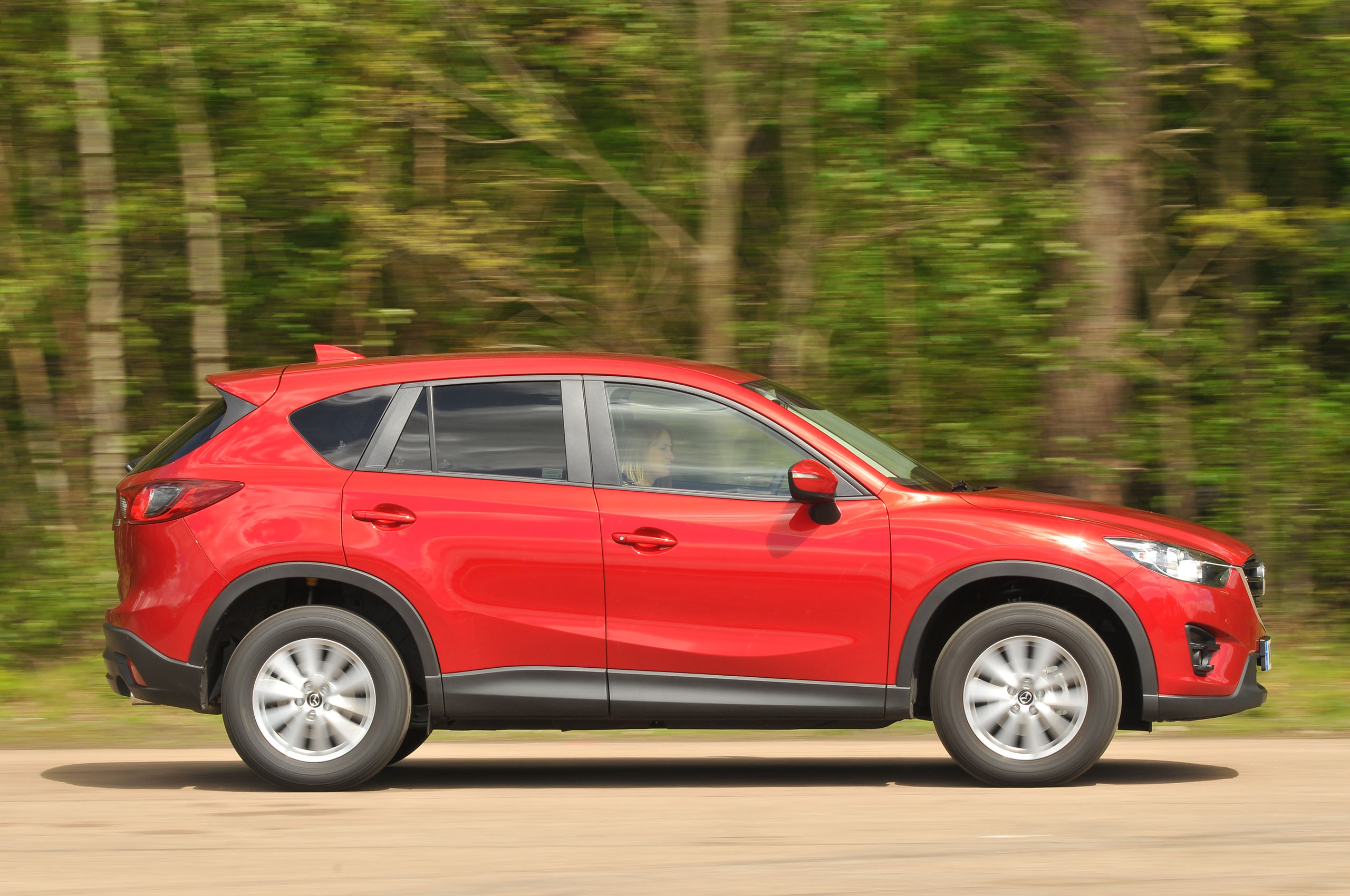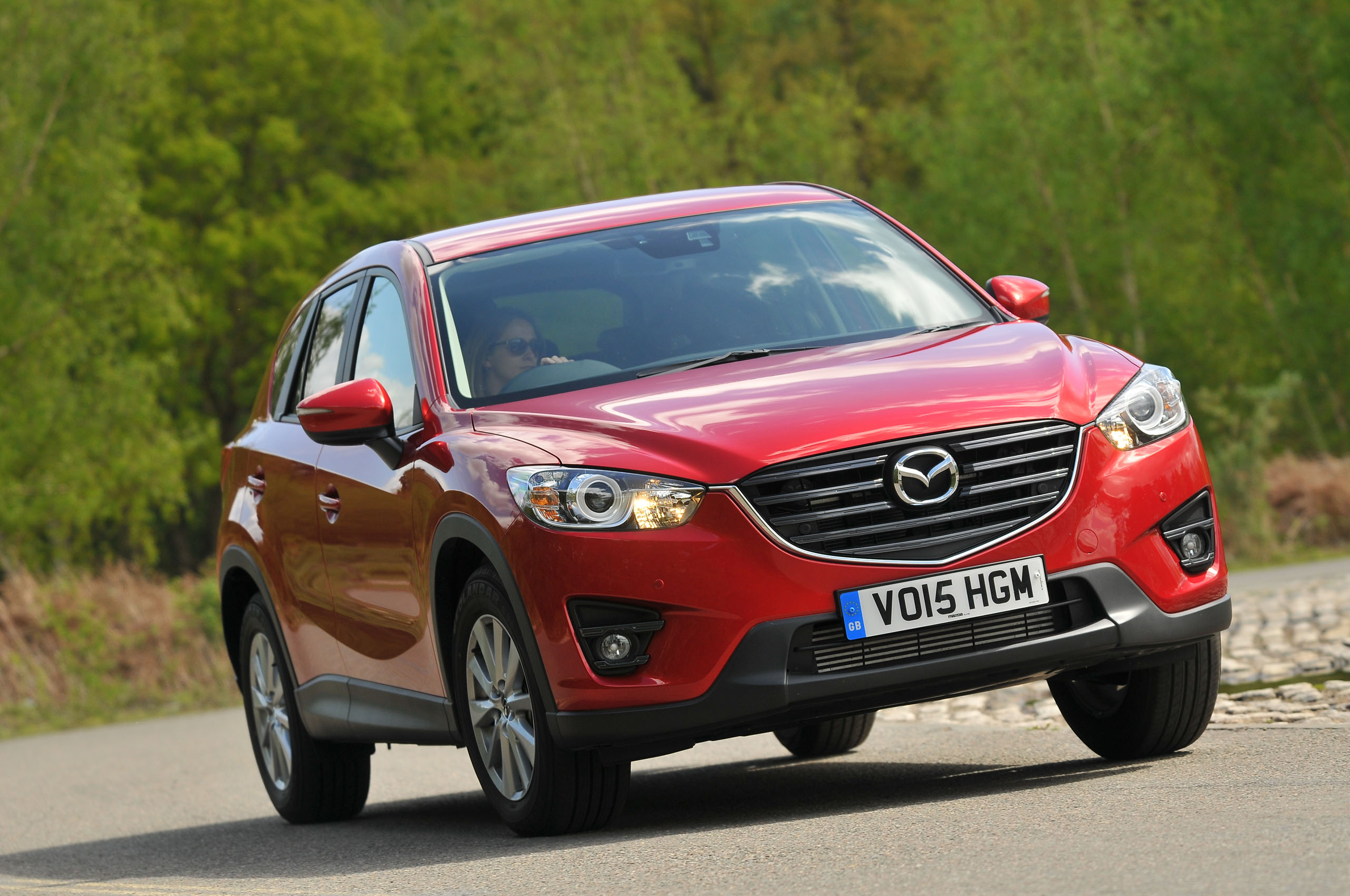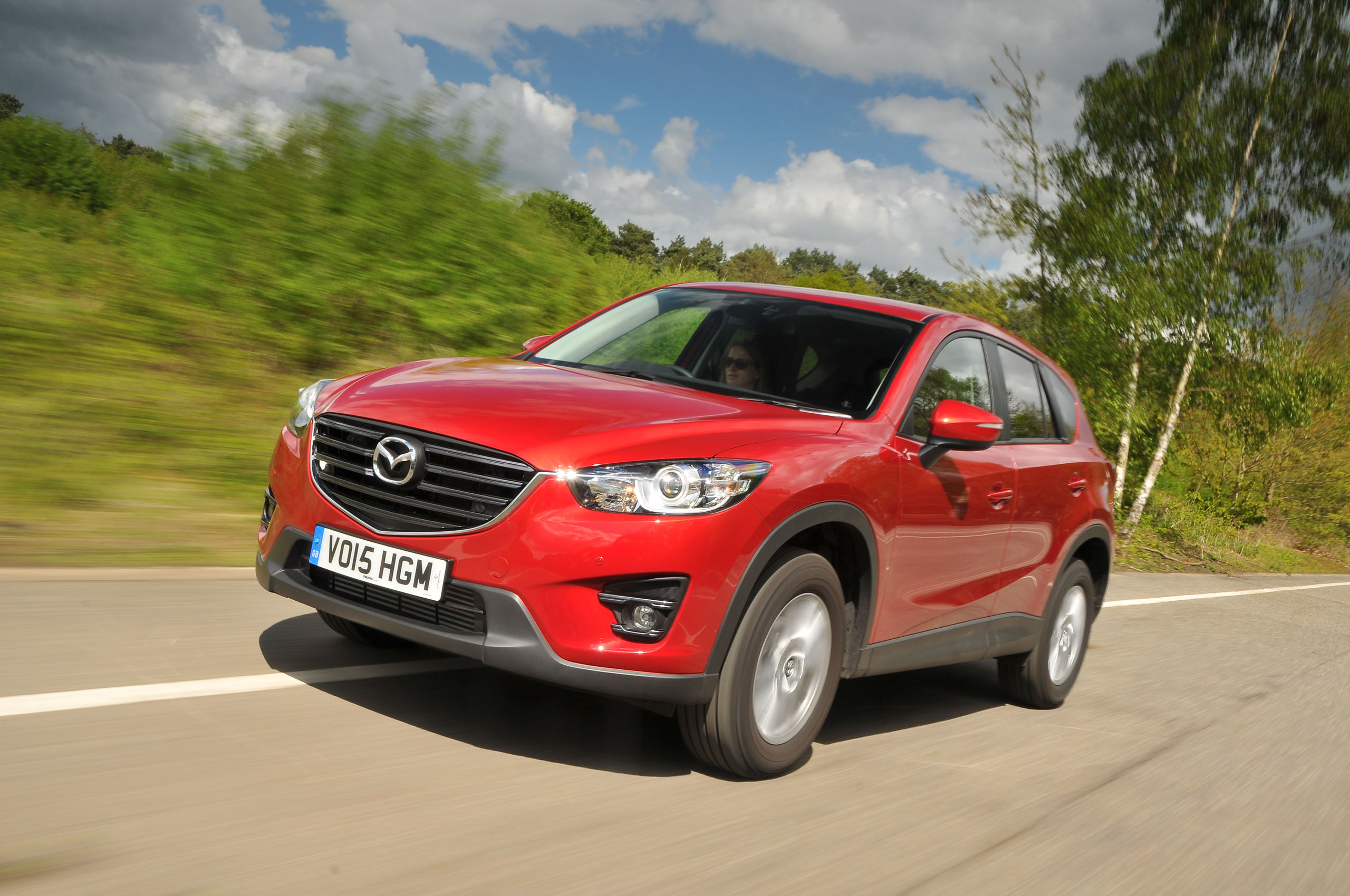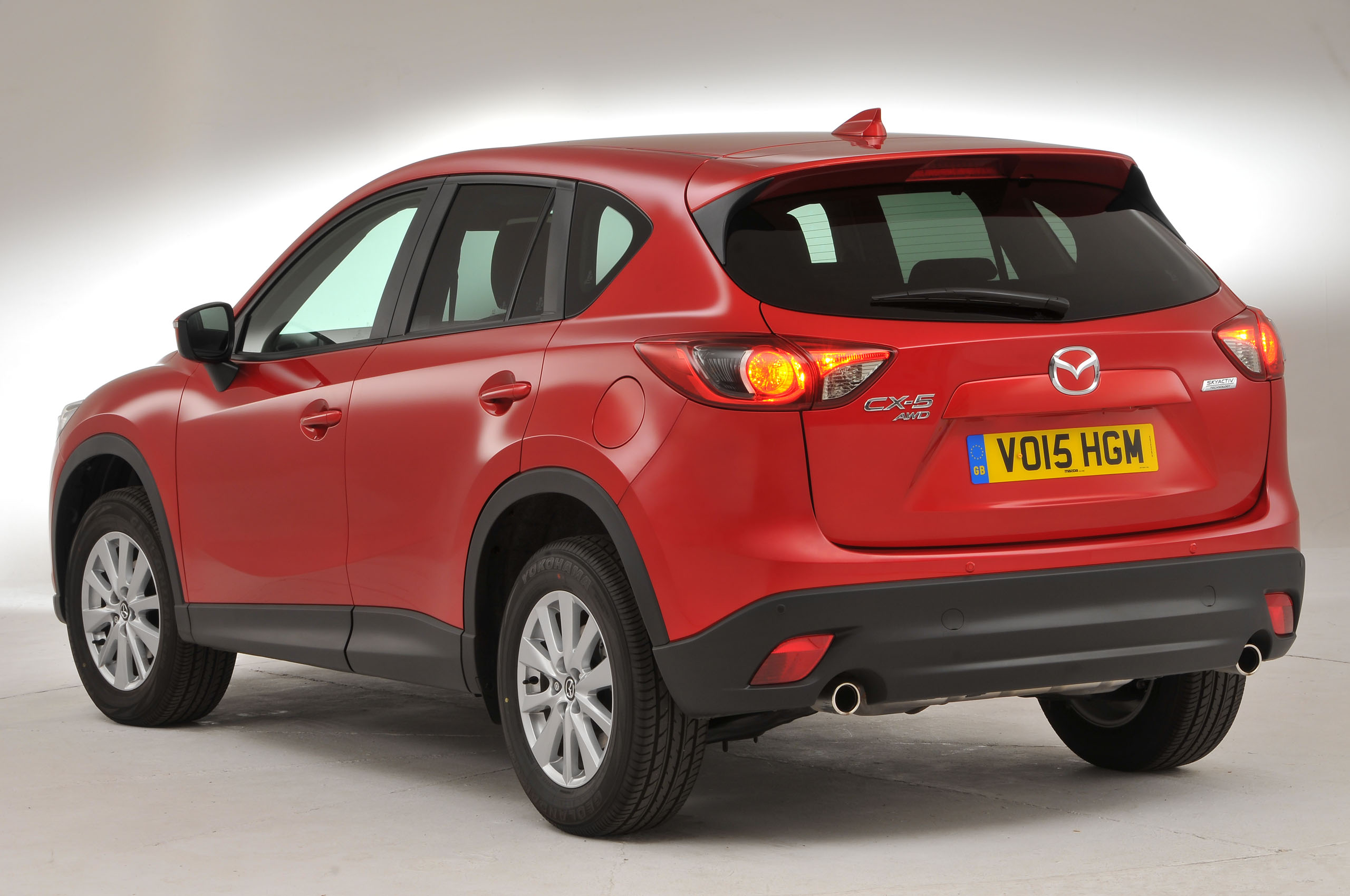Car makers frequently mention the phrase ‘all-new’ when describing their latest model. The reality is that usually much of the mechanicals and switchgear has seen service elsewhere. But when its maker says the Mazda CX-5 is ‘all-new’, it really means it.
It was the first model in Mazda’s range to feature the full suite of SkyActiv technologies – Mazda’s far-reaching attempt to drive up efficiency through the use of lightweight components and efficient powertrains. In 2008, Mazda said it would find a 30 percent improvement in the average fuel economy of its range by 2015.
The bold and interesting part of a fairly industry-standard plan is that, to begin with, the firm has opted not to leap on the expensive and complicated hybrid bandwagon, but instead refine and gently rethink the conventional internal combustion blueprint.
That might raise eyebrows among other Japanese car makers who have nailed their colours firmly to the hybrid mast. But on the surface it appears Mazda could be on to something: official figures as low as 119g/km and 61.4mpg on the combined cycle are impressive for anything, never mind a high-riding SUV.
Those figures are derived from the Mazda CX-5’s low-power diesel engine driving the front wheels through a manual gearbox. Compared to that, the rest of the range seems costly to run, although next to its rivals it remains pretty parsimonious.


